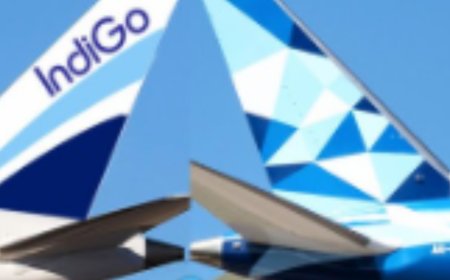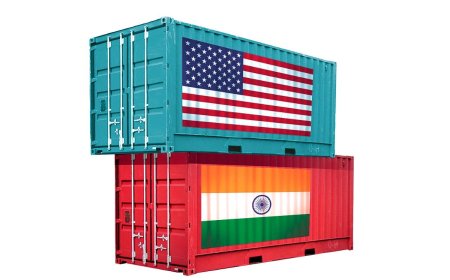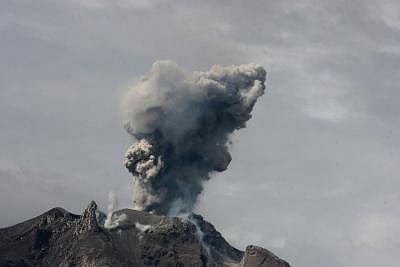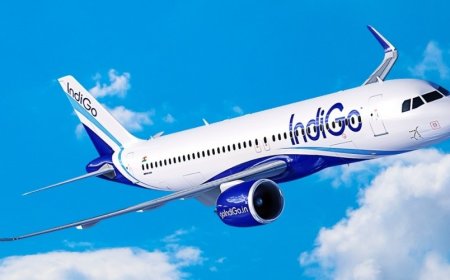Come Nov, IndiGo’s number of intl destinations will be on par with AI group
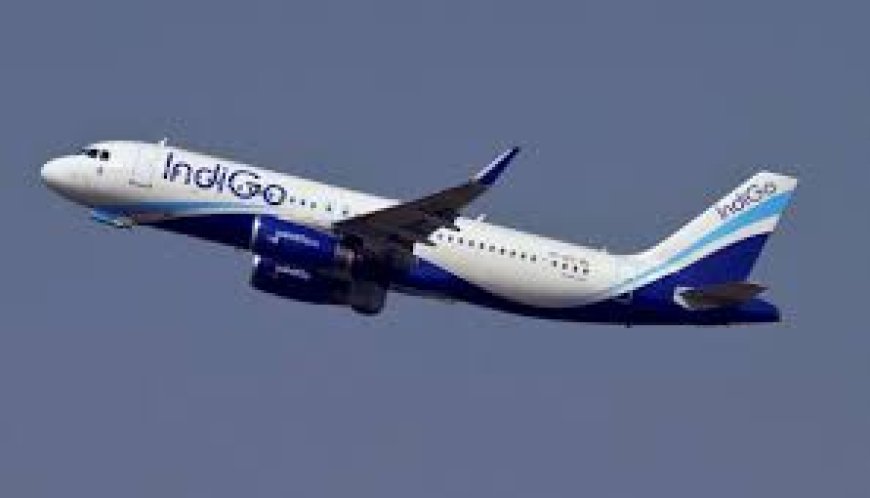
IndiGo has been on an announcement spree over the last few days.
The airline started flights to Copenhagen on 8 October, while it has already announced flights to London Heathrow beginning on 26 October 2025, along with the resumption of flights to Guangzhou, China.
The airline will also launch flights to Siem Reap in November. The operational international stations for IndiGo will thus reach 44. The airline has operated to Yangon and Chengdu, which have remained suspended since the pandemic.
While 44 may hardly be a milestone number, the airline will have the same number of destinations as the Air India group in November, which makes it a milestone for the carrier, which started international operations in 2011, five years after starting domestic operations, in tune with the famous 5/20 rule, warranting five years of wait and a fleet of 20 planes before starting international operations.
Data obtained from Cirium, an aviation analytics company, shows that Air India is scheduled to operate to 38 international destinations in November, while Air India Express is scheduled to operate to 16.
There remains an overlap of stations between the two airlines, which makes the unique destinations on offer 44, the same number as IndiGo. This also comes on the backdrop of Air India pulling out of Washington DC and Nairobi, while Air India Express pulled out of Salalah, where it currently operates twice a week from Kozhikode and once a week from Kochi.
While IndiGo will match the expanse and spread in international flights to that of the Air India group, it is just a first step towards challenging the group, since by departures, the Air India and Air India Express combined are still ahead of IndiGo as of August, according to data released by the regulator DGCA.
Air India operated 4,715 international departures in August, while Air India Express operated 4,058 international departures, a combined total of 8,773. IndiGo, on the other hand, operated 8,663 international departures.
Air India capacity leadership remains unmatched
When it comes to capacity, the golden metric is always considered to be the ASK (Available Seat Kilometre).
It measures the airline’s total passenger-carrying capacity by multiplying the seats available by the distance flown.
Air India, primarily due to ultra-long haul and long-haul flying with the widebodies, beats IndiGo hands down in this, but IndiGo is catching up with the induction of wet/damp leased 787-9 from Norse Atlantic.
Air India has one-fourth of all its departures on international routes, but in terms of capacity by ASK, it has 65% of its capacity deployed on international routes. Likewise, Air India Express also has 53% of its capacity on international routes, while by departures, only 28% of its departures are international. Compared to IndiGo, the split is more in favour of domestic, with only 14% of departures and 34% of capacity by ASK being international.
IndiGo’s capacity by ASK on international routes is 38% lower than that of Air India and Air India Express combined. However, on a standalone basis, IndiGo is only 13% lower than Air India, with a real possibility of overtaking Air India in the near future. IndiGo is already over two times Air India Express on international routes when measured by ASK.
Tail Note
IndiGo has shifted its focus to international routes post-pandemic. It aims to have a significant chunk of its presence on international routes, with its international deployment growing faster than its domestic one. Last quarter (Q2-FY26), the airline saw a YoY growth of 23% in international capacity while domestic remained flat at 1% growth.
There are certain benefits of flying internationally for the airline. The taxation on fuel is lower, followed by the opportunity to earn in foreign currency by ticket sales, which, to an extent, helps offset the sliding rupee and its impact on the balance sheet.
Fuel costs have been relatively stable but remain unpredictable. Airlines have a higher outgo in dollar-denominated costs, starting with leasing, and the impact of a depreciating rupee is a bigger pinch, which is partly offset by earnings in dollars, made easier by deploying more capacity on international routes.
Between the two groups, Indian carriers will definitely have over half the international traffic from India, a number which has been hard to get to for last many years.


















